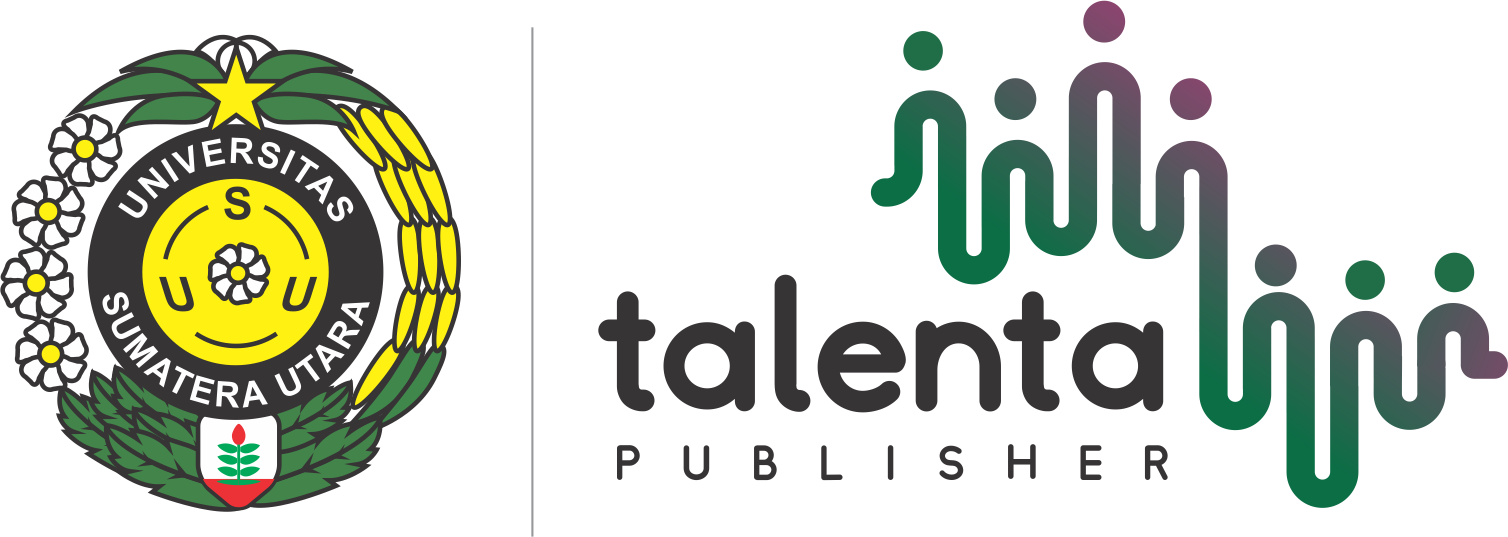Analisa Eksperimental Material Komposit Diperkuat Serat Kaca Sebagai Bahan Alternatif Pembuatan Ladam Kuda
| Authors | ||
| Issue | Vol 4 No 1 (2021): Talenta Conference Series: Energy and Engineering (EE) | |
| Section | Articles | |
| Section |
Copyright (c) 2021 Talenta Conference Series: Energy and Engineering (EE)  This work is licensed under a Creative Commons Attribution-NonCommercial-NoDerivatives 4.0 International License. |
|
| Galley | ||
| DOI: | https://doi.org/10.32734/ee.v4i1.1306 | |
| Keywords: | Komposit uji bending uji tarik | |
| Published | 2021-10-29 |
Abstract
Pada umumnya ladam kuda digunakan untuk melindungi kuku kuda terhdadap keadaan yang ekstrim akibat kontak dengan tanah. Ladam kuda biasanya dibuat dari baja AISI 1016. Penelitian sebelumnya menggunakan komposit polymeric foam dengan menggunakan blowing agent yang diperkuat fiberglass dengan metode pengujian tarik dan tekan. Jenis fiberglass yang digunakan adalah fiberglass yang telah dicacah sampai halus. Penggunaan blowing agent mengakibatkan material menjadi berongga sehingga nilai kekuatan tariknya menjadi berkurang. Penelitian ini bertujuan untuk mencari nilai kekuatan yang lebih baik dari bahan alternatif untuk pembuatan ladam kuda pengganti bahan baja yang biasa digunakan dengan cara memakukan pada kuku kuda sehingga menyebabkan efek sakit yang dialami oleh kuda. Penelitian ini menggunakan metode komposit sandwich dimana serat kaca digunakan sebagai penguat. Pada penelitian ini dilakukan pengujian tarik dan bending untuk mendapatkan nilai kekuatan yang lebih besar dari penelitian sebelumnya. Penelitian ini menggunakan Resin BQTN 157 EX sebagai matriks, serat kaca sebagai penguat, dan katalis Methyl Ethyl Keton Peroxide (MEKPO) untuk mempercepat reaksi. Dari hasil penelitian didapat bahwa spesimen B memiliki nilai respon mekanik yang lebih baik, kemudian dilakukan validasi apakah nilai yang dihasilkan telah memenuhi nilai pressure yang diberikan oleh kuda dengan tiga jenis pembebanan yaitu flat landing, toe first landing, dan toe first landing. Dari hasil validasi yang dilakukan dapat disimpulkan bahwa baik spesimen A dan B telah memenuhi nilai pressure yang dibutuhkan oleh kuda sehingga material ini layak digunakan sebagai bahan alternatif pembuatan ladam kuda.
In general, horseshoe is used to protect the horse's hooves against extreme condition due to contact with the ground. Horseshoes are usually made of AISI 1016 steel material. This study develops the results of previous studies. Previous research has conducted observations on horse horses using polymeric foam composite material using a blowing agent reinforced with fiberglass with tensile and compressive testing methods. The type of fiberglass used is fiberglass that has been chopped until smooth. The use of blowing agents causes the material to become hollow so that the value of the tensile strength is reduced. This study aims to find a better strength value from alternative materials for the manufacture of horse horseshoes instead of steel which is commonly used by nailing the horse's hooves so that it causes the effects of pain experienced by horses. This study uses a sandwich composite method where glass fiber is used as a reinforcement. In this study, tensile and bending tests were carried out to obtain a greater strength value than previous studies. This research uses BQTN 157 EX resin as a matrix, glass fiber as reinforcement, and Methyl Ethyl Ketone Peroxide (MEKPO) catalyst to accelerate the reaction. From the results of the study, it was found that specimen B had a better mechanical response value. From the results obtained, then validation was carried out whether the resulting value had met the pressure value given by the horse with three types of loading, namely flat landing, toe first landing, and toe first landing. From the results of the validation carried out, it can be concluded that both specimens A and B have met the pressure value required by the horse so this material is suitable for use as an alternative material for making horse shoes.






